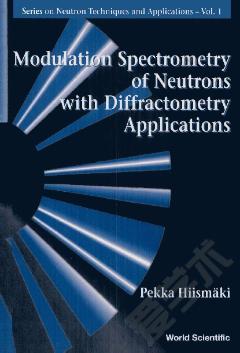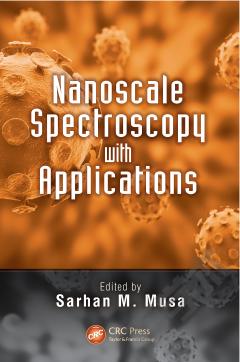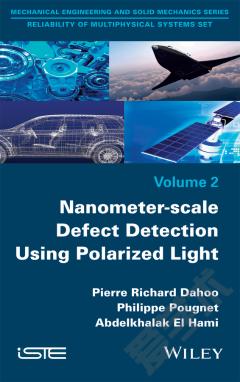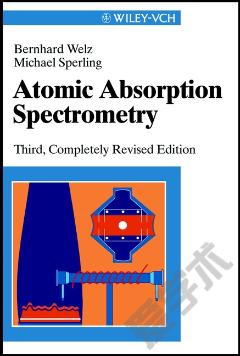Modulation Spectrometry Of Neutrons With Diffractometry Applications
Modulation spectrometry of neutrons refers to a measuring principle, characterized by classification of neutron histories in a probabilistic way, not the usual deterministic way. In order to accomplish this, neutron beams entering the sample are modulated by high-transmission, white-beam selectors of the multislit type, such as Fourier or statistical choppers or high-frequency-modulated spin-flippers. In this scheme it is impossible to decide in a unique way through which particular slit any single neutron passed, but the distribution of histories for a large population of neutrons can nevertheless be correctly obtained, by classifying each conceivable history either as a high-probability or as a low-probability event, based on the actual observed state of the neutron selector. So far the principle has been successfully applied to powder diffraction, but it seems to offer extra degrees of freedom if applied to measuring dispersion curves of coherent excitations, such as phonons in single crystals.
{{comment.content}}








 京公网安备 11010802027623号
京公网安备 11010802027623号